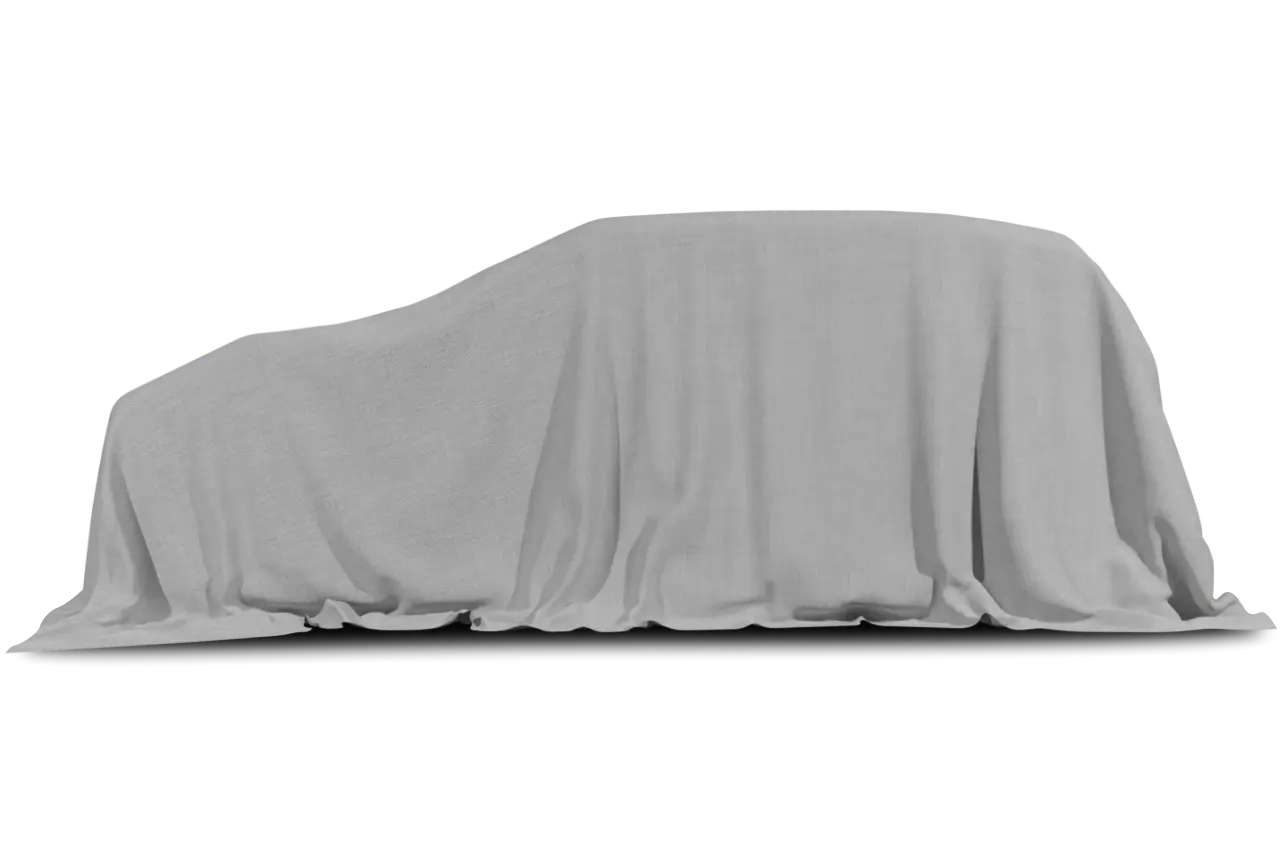
You see a lot of Land Rovers suffering the indignity of serving at polo match tailgate parties (I’ve noticed as I was driving by). That’s a shame, because these are among the world’s premier boulder-bashers. But they do have that je ne sais quoi aura about them . . . doesn’t hurt that QE II is driven about in one at her country digs.
The big guy, called Range Rover, is the vehicle of choice for those who choose to venture where the prospect of roads lies in the distant future. Unbreakable and ungainly perhaps characterizes them best.
Considerably more agile is the one I tested recently, called simply the Discovery. When it was introduced in 1995, it had no cognomen. With a pretty thorough refresh job for 1999, it became Discovery II. With a more cosmetic refresh, it adds power and shucks the II. Born in ’95, is it out of date? Depends on your mindset.
It’s best to remember that this mount, no matter how lavishly adorned, is a serious tool for challenging the great outdoors; it is NOT a substitute mommy wagon except for the aforementioned swells who have four or five other cars in the garage.
That is to say, it’s built like a truck (body on frame), and to some extent, rides like a truck.
Not that the ride is all that bad. It has improved greatly over the years, and it doesn’t hurt that they engineered a huge 11 inches of travel into the rear suspenders.
It never betrayed its very stubby, 100-inch, wheelbase by pitching. (Jeep’s Grand Cherokee is nearly 106 inches between axles, Ford’s Explorer, almost 114.)
It exhibits total confidence over any obstacle up to eight inches high (the point where differential shields begin to do their work), and finds most potholes beneath its notice. On the freeway, it feels indomitable, thanks to its curb weight (getting on towards 5,000 pounds), the high driving perch and the rugged-looking rectilinear design both outside and in. It tracked beautifully in and through heavy rain.
The interior was redone as part of the refreshing (they claim 368 changes) for this model year, but it’s still a bit of a shock on first acquaintance. As opposed to the complex curves that abound on other vehicles, the Discovery has lots of straight, hard-looking edges, inside and out. These are best appreciated in the context of “different”.
The “theater-type” i.e., raised, seating for the passengers remains, as do the second power moonroof and clerestory windows, which call to mind the long-defunct Olds Vista Cruiser. I love the two moonroofs, but I wish Land Rover offered a one-button way to close both hatches (free idea; use it with my blessing, Land Rover).
There are three series of Discovery: the entry-level S, which starts at $35 grand or so, the SE (the one tested), base-priced at about $38K, and the good-enough-for-Her-Majesty HSE, 39 yards and up.
The S is a bit stark, but the SE, with its leather seating, burled wood and Alcantara trim, is absolutely luscious. The leather is as visually appealing as any I’ve ever seen. Who cares that the driver ergonomics leave a bit to be desired?
The biggest change for 2003, across the line, is the boring-out of the ancient overhead-valve V-8 powerplant, raising its capacity to 4.6 liters from 4.0. In the process, they picked up 15 percent more horsepower (now 217) and 20 percent more torque (now 300 at a useful 2,600 rpm). And, commendably enough, by the time the catalysts get through with the considerable amount of exhaust this machine emits, it qualifies as an ultra-low emissions vehicle.
Premium unleaded is specified. The Discovery swills it, 12 mpg city, 16 highway, according to the EPA. I used it at the rate of 12.7, but that included some, uh, work down at the old gravel pit and a subdivision-to-be in low range, plus some drag strip stuff. Yes, low range – I told you this was a serious off-roader. In ordinary going, it all-wheel-drive, but it’s easy enough to grab a lever and switch to low range (at 5 mph or less). This gives you 169 percent torque multiplication for conquering bogs or snowdrifts, or for inching down a precipitous grade.
The Discovery also has, for the latter circumstance, a switchable mechanism called hill descent control. It uses the antilock system to brake more subtly than a human can. It was quite effective on a hard surface – the test would come on a snowy slope.
Back on concrete, I found that unladen, the Discovery can dash from stop to 60 in just a hair under 10 seconds. That’s respectable for the class, and a heckuva lot better than Range Rovers of yore could do. Subjectively, the vehicle felt quite peppy and responsive. At idle, the exhaust note is a low grumble. Moving through 5,000, it shrieks appropriately with V-8 authority.
Generally speaking, the noise isolation in the cabin is better than I might have expected. Suspension and engine noises are usually kept at bay. At 70 mph, as is inevitable with this blunt shape, wind noise predominates, but even it is not so bad.
In the government’s front, 35-mph crash test, the Discovery won four stars (of a possible five) for occupant protection. The side-impact series was not done. With its height and despite its mass, the Discovery earned only two stars in the disinclination-to-roll category. This, however, is merely a mathematical abstraction, not based on a road test.
In my experience, the Discovery felt pretty good in turns, though of course I modified my driving style to suit the environment. I’d be tempted to get the optional ($2,450) suspension package. It adds a self-leveling rear air suspension and up front, replaces conventional “roll” bars with electronically-governed hydraulic actuators.
The 18-inch alloy wheels and 255/55 tires not only fill up the wheel wells pleasingly, they provide intimate contact with the pavement.
The Insurance Institute for Highway Safety smashed the Discovery into an offset frontal barrier at 40 mph. It earned an “acceptable” rating overall, their second-highest, though it was outperformed by quite a few other makes in the midsize SUV category. IIHS also runs the test victim into poles in four different places at 5 mph. Discovery was one of the worst in class, suffering an average repair bill of $1,470 per boink. At that rate, the optional rear sonar system might be a good investment.
The Discovery is way behind the curve in offering only front air bags – none for side-impact head or thorax protection. Those will probably have to wait for the next edition. The brakes are up to snuff, ventilated discs front, solid discs rear, with antilock and electronic brake force distribution, a mechanism that puts the braking force on the wheels that at any given moment will make the best use of it.
The pedal feel was fairly good, and the brakes were easily modulated . A series of panic stops was enough to satisfy me re their potency.
The machine I used had the optional two third-row seats. Unlike those in some other vehicles in the class, these seemed actually usable. Legroom was small-child tight, BUT, with the entry from the rear via the side-swinging tailgate and a fairly wide walk-through, they would be much easier when it comes to belting in the little nippers.
The tester had a cold climate package (heated windshield and front seats), $500; rear air conditioning, $750, and third-row seats, at $1,000. Total, with delivery charges, was $41,245. Edmunds finds that most folks are getting about $750 knocked off.







.jpg)